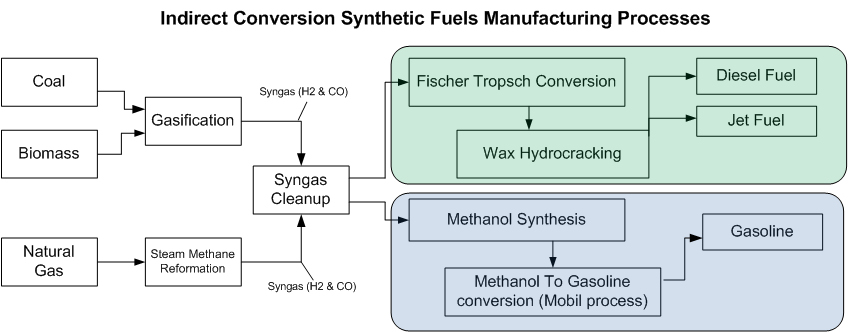Silica is a chemical compound in different forms, like sand, soil, quartz, and crystalline silica. It is the major ingredient in many industries. And sometimes, it is also found in the human body at a low or high level. A wide range of silica producers and consumers with various consulting engagement results in increased global demand for silica.
Silica occurs in nature in the form of crystalline silica, also known as quartz. This crystalline silica is extraordinarily sharp and fragile. When these crystals shatter, they actually fragment into tiny dust particles, which easily get into the body of humans or animals while respiration. The smaller the fragments produced, the more threat it will be, to the environment and living things around.
Some of the important uses of silica are:
- Production of glasses
- For Sandblasting and making sandpaper
- Various types of dishes like glasses and cups.
- Adhesives glue
- Production of many toothpastes
Silica sand, generally called industrial sand, is the main common variety globally. It was mining for many years and was first put to industrial use even during 3000-5000 BC for metallurgical and glass-making activities.
The key factors driving the global demand for silica :
The increasing uses of silica sand in paving roads, glass making, foundries and coal burning boilers, oil and water filtration, industrial casting, sandblasting, etc., is now catalyzing the global silica sand market.
Additionally, it has an important application in the hydraulic fracturing, where the order for silica sand is increasing significantly in recent years. This can be certified to the profitable qualities of silica sand, like strength, high silica content, and resistance to heat and chemical reactions.
Khaitan Responsibly sources silica sand to meet global demand
Global stocks of silica sand are being used up rapidly than they are being discovered. As the main ingredient for all glass and concrete, silica sand is the basic ingredient of today’s world. The UN estimates that the world currently uses 50 billion tonnes or more of it to construct a wall 27m wide and 27m high around the planet – every year.we extract Silica as a high value byeproduct and valorize lignin to generate steam. This is a major breakthrough in establishing commercial viability for the technology and compete with ethanol produced from other sources.
Oil and gas industries fuel silica markets
Silica consists of the earth crust’s most abundant elements: silicon and oxygen. Silica has various crystalline forms, such as fibrous, granular, anhydrous, tridymite, cristobalite, and quartz. Quartz is the next most mineral found in the earth’s crust.
Silica deposits undergo extensive processing before the sale, including cleaning, washing, scrubbing, melting, and grinding to remove impurities and to produce the ideal size distribution of product depending upon end–use. Silica has many end-users and applications across various industries.
The energy sector is one where increased exploration and production for oil and gas have increased the demand for silica used in the past decade. In hydraulic fracturing, it is widely used as a proppant to hold open fractures to allow oil and gas. Also to flow out of the production and into the excellent bore. Figure 1 shows the United States consumed 100 million tons of industrial sand and gravel in 2017, an increase of 33% from the previous year. This increase was primarily due to increased activity in the oil and gas industry.
Figure 1: End-uses of silica sand consumption in 2017.
In addition to hydraulic fracturing for oil and gas production, silica serves in many other industries too. Depending upon the types of silica, the uses varies. Following are the few of the major applications
- Glass: glass containers, flat glass, automotive glass, fibreglass, and speciality glass
- Construction: flooring, roofing, mortars, and speciality blocks of cement
- Ceramics: glossier products and applications that need good thermal resistance
- Foundries: highway and construction use, aggregate substitutes, and manufactured soils
- Chemicals: Polymers, personal care products, industrial cleaners, fibre optics
Global Silica Sand Industry Drivers:
- The glass market is facing high growth as a result of increased demand from the construction industry, increasing automotive production or sales, mounting per capita income, and technological improvements. Along this, rising trends such as increasing usage of the hybrid guide plate, solar powered glazing for automotive and building glasses, flimsy glazing glass, and new launch of flat glass are also contributing towards the extension of of the glass industry boosting the demand for silica sand.
- Several countries worldwide prefer natural shale gas to reduce their dependence on crude oil. In Shale gas extraction using the hydraulic fracturing process where silica sand is the proppant. As a result, the growth in shale gas production is a reason to widen the demand for silica sand.
- Upcoming industrial projects in different nations expects to accelerate the manufacturing industry, thereby adding up the need for silica across different sections. Tour Triangle and the ASVEL arena(France) are forecasted to support the silica sand market growth.
Key Market Segmentation:
Based on end-use, the record discovers that the glass industry considers more than a third of the total market, constituting the largest end-use sector. Silica sand is essential in producing glass containers, flat glass, and speciality glass that further use in automotive, construction and solar applications. The glass industry followed by foundry, hydraulic fracturing, filtration, and abrasives.
Regional Insights:
- China
- United States
- Italy
- Turkey
- Germany
- Australia
- Others
Region-wise, the China enjoys the leading position in the global silica sand market. China is followed by United States, Italy, Turkey, Germany, Australia and Others.
With such vast uses of silica in various industries, silica demand continues to increase globally. Each of these applications requires silica with a specific set of properties and compositional requirements.















